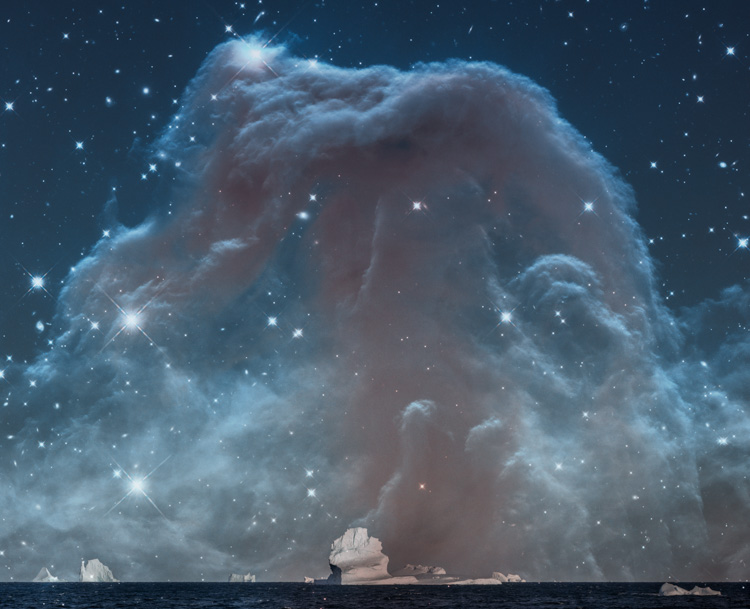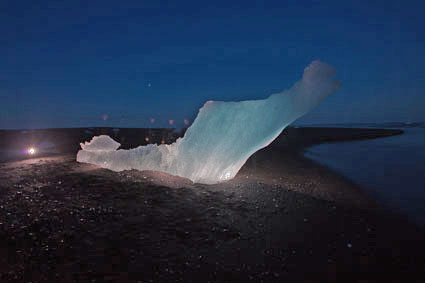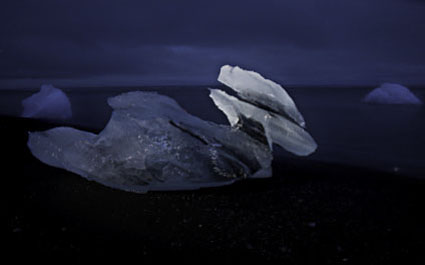Join Us Online Feb 3 – 5 For A Fabulous Night Photo Summit


Alignment XIV
My free October Desktop Calendar features an image from Death Valley, California.
Download your free copy here.
Find out more about this image here.
“Learn some creative techniques for replacing the night sky with advanced masking, and Smart Objects. Also discover the best exposure settings for capturing the detail in the Milky Way galaxy.” Presented by the inimitable Russell Brown.
View more Photoshop videos here.
Learn more in my digital photography and digital printing workshops.
“Learn to combine multiple exposures together into one composite shot with Adobe Photoshop CS6. Russell Brown demonstrates stacking images and using advanced blend modes to combine multiple images together.”
View more Photoshop videos here.
Learn more in my digital photography and digital printing workshops.
Nocturne / Correspondence XII, Newport, Rhode Island, 1999
While studying painting in college, I was given the assignment of painting night. After dark, I took my paint and canvas out into the night – and couldn’t see either. So I found a portable light source, which made them so bright that I couldn’t see beyond them. Next, I used a camera to make photographs to paint from and colors became distorted, and moving objects blurred or disappeared altogether. I ultimately ended up painting from memory, drawing on all of my accumulated memories from these attempts to make the final images.
Much later, working with digital imagery, I returned to this challenge. Wanting to avoid the distortions I had encountered before, I took a clue from Hollywood, shooting by day and color-adjusting those images to look like night. Realizing that the hard multi-colored points of light rendered by the camera eye did not look like what I saw with my naked I, I began digitally drawing stars as I saw them.
I found other people’s reactions to these images fascinating. Knowing that long exposures were necessary to make photographs in low light, photographers would ask me, “How did you get these exposures?” Familiar with the relative relationship of specific stars in the sky, astronomers would ask me, “Where did you find these constellations?” What each viewer knew changed the way they saw, the questions they asked, and their final reaction.
In order to see more, to see more deeply, and to see in more ways, I find myself constantly challenging what I think I know and striving to learn more in as many ways as I can think of.
How many ways does what you know help you make stronger images?
How many ways does what you know get in the way of your making stronger images?
How many ways can you increase the positive and reduce the negative impacts of what you know on your image-making?
What settings should you use when making exposures in low light or at night? Use a tripod and cable release, set ISO to 800 (or higher), open up f5.6 or wider, focus at infinity and keep exposures below 20 seconds. While this is a good starting point, that’s all it is, as you’ll need to modify settings based on the specific light(s) in a location, the equipment you’re using, and the effect you want to produce. Instead, ask, “What concerns do I need to be mindful of and what points of control do I have when making low light or night photographs?” Develop your sensitivity to these factors and you’ll know why and when to improvise and even what more you can explore. These twelve tips will give you a solid foundation from which to begin your explorations in low light and night photography.

Ragnar th Sigurdsson treated us to a midnight display of lighting techniques at Iceland’s glacial lagoon Jokullsarlon.
Multiple exposures for multiple Photoshop layers. Fantastic light. Glowing icebergs beached on black sand at tide line. Venus on horizon. Magic.
Taking artificial light into the field is just one thing we explore in our workshop. Have you ever tried it?
If you’re in Iceland, next Saturday is the annual firework display over the glacial lagoon.
Reserve your space in my 2011 Iceland workshop here.
Find out about my digital photography workshops here.

Photographer Ragnar th Sigurdsson loves to use studio lighting on location. It’s one of his trademarks. He showed me how he does his magic at midnight on Iceland’s Jokullsarlon or glacial lagoon, a 10 kilometer lagoon chock full of icebergs that pour out into the sea. With simple portable strobes and flashlights we lit up dozens of icebergs, painting light on incredible forms in the middle of the night at a truly fantastic location. It was truly exciting. And the company simply can’t be beat.
Ragi’s scheduled a repeat performance for all of the participants in my Focus on Nature workshop tonight at midnight. Hopefully none of them will check my blog before then because it’s a surprise. It’s just one of many we have in store for them this week.
Wow! I’m still saying wow! Because of one evening, I’m thinking about light differently now.
Get priority status in my 2010 Iceland workshop.
Email info@johnpaulcaponigro.com.